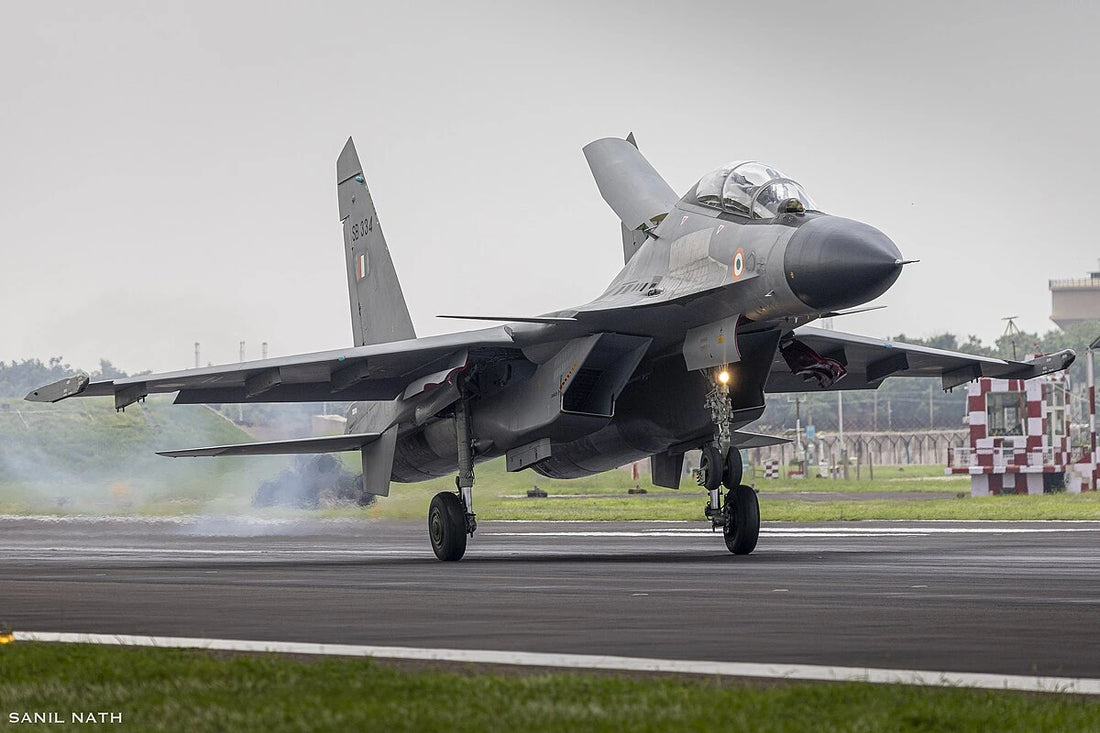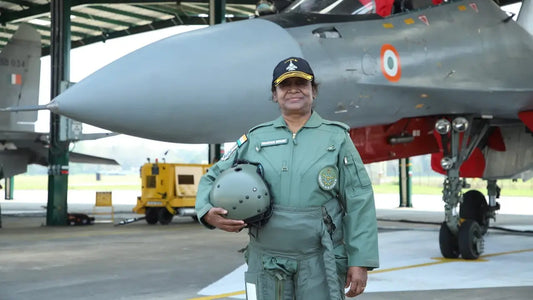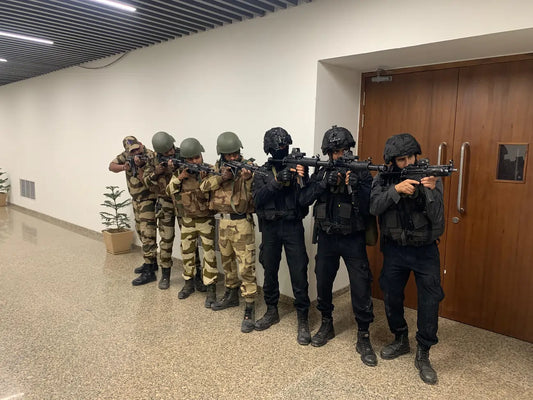IAF Enhances Su-30MKI Fleet with Advanced Self-Protection Jammers to Boost Electronic Warfare Capabilities

The Indian Air Force (IAF) has initiated a significant move to enhance its electronic warfare capabilities by issuing a Request for Information (RFI) for the acquisition of 100 Advanced Self-Protection Jammer (ASPJ) pods. These pods are intended for the Su-30MKI fighter jets as part of the Super Sukhoi modernization program, aiming to improve survivability and electronic warfare performance.
The ASPJ pods will employ Digital Radio Frequency Memory (DRFM) technology, which will enable them to receive, analyze, and retransmit altered radar signals. This technology is designed to deceive enemy sensors and missiles by generating false radar targets and performing range and velocity gate pull-off maneuvers, thus significantly boosting aircraft survival in hostile environments.
According to officials, the system is expected to offer 360-degree protection, effectively countering radar-guided missile threats from any direction. The jammers will incorporate Gallium Nitride (GaN)-based Active Electronically Scanned Array (AESA) transmitters, known for their high power efficiency, compact design, and rapid electronic beam steering. The high Effective Radiated Power (ERP) will ensure effective countermeasures against enemy surveillance and fire-control radars.
Integration with Super Sukhoi Upgrade
The procurement of ASPJ pods is a crucial aspect of the Super Sukhoi upgrade, which seeks to advance the Su-30MKI fleet to a 4.5-generation air superiority platform. This upgrade includes replacing the aircraft’s N011M Bars PESA radar with DRDO’s GaN-based AESA radar ‘Virupaksha’, which offers greater detection ranges, improved tracking, and heightened jam resistance.
The upgrade plan also encompasses a new all-digital glass cockpit, enhanced Radar Warning Receivers, and integration of indigenous Beyond Visual Range (BVR) missiles along with precision-guided munitions.
In conjunction with a new Defensive Aids System (DAS), the ASPJ pods will constitute a comprehensive electronic warfare suite, markedly enhancing mission effectiveness and aircraft survivability in contested airspaces.
Indigenous Collaboration and Aatmanirbhar Focus
Aligned with the Make in India initiative, the IAF is focusing on domestic production and technology transfer for this project. The RFI outlines a potential collaboration between DRDO’s Defence Avionics Research Establishment (DARE) and Bharat Electronics Limited (BEL) to develop and produce the ASPJ systems locally.
This collaboration is anticipated to strengthen India’s self-sufficiency in critical electronic warfare technologies, ensure cost-effective maintenance, and facilitate the integration of similar systems into future platforms such as the Tejas Mk-1A, Tejas Mk-2, and the Advanced Medium Combat Aircraft (AMCA).
Extending Combat Relevance
The Super Sukhoi upgrade, along with the integration of ASPJ systems, is expected to extend the operational lifespan of the Su-30MKI fleet by approximately two decades. The introduction of DRFM and GaN-based technologies aims to modernize the aircraft and align India’s air combat capabilities with global standards.
By combining domestic innovation with strategic technological advancements, the ASPJ initiative is poised to play a pivotal role in India’s quest for air dominance and electronic warfare excellence in the coming years.



















